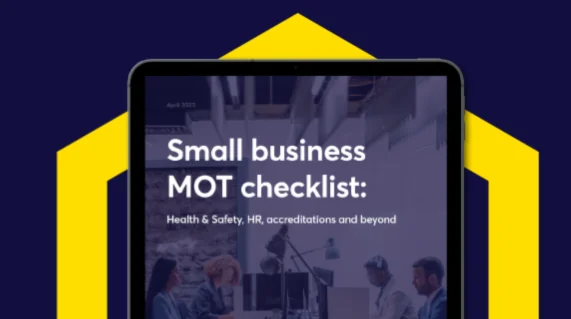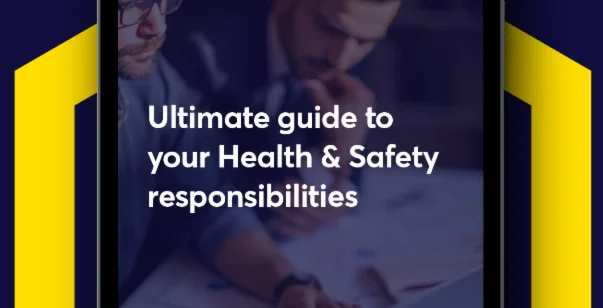COSHH Risk Assessments in 5 Simple Steps
As an employer, you must comply with the COSHH (Control of Substances Hazardous to Health) Regulations 2002 to control exposure to chemicals and protect everyone on your premises.
To make sure you’re doing your bit by the law and your people can feel they’re safe at work, our Health & Safety experts have put together these five key steps to completing your COSHH risk assessments.
Each year it’s estimated that around 13,000 deaths occur due to occupational lung disease and cancer caused by past exposure to inhalation hazards -including chemicals.
Download our FREE COSHH Risk Assessments guide for useful information on:
- Identifying hazardous substances
- Considering who’s at risk
- Assessing the risk
- Implementing protective measures
- Recording, monitoring and reviewing findings
Simply fill out your details in the form opposite to get this free COSHH Risk Assessment guide delivered to your inbox!
Further resources:
To make your record-keeping responsibilities easier, browse our library of COSHH assessment templates that you can tailor to your business.
Further information:
If you’d like professional support with fine tuning your business’ COSHH risk assessments, you can get in touch with our experts by calling 0114 244 4461 or by filling out our callback form.





